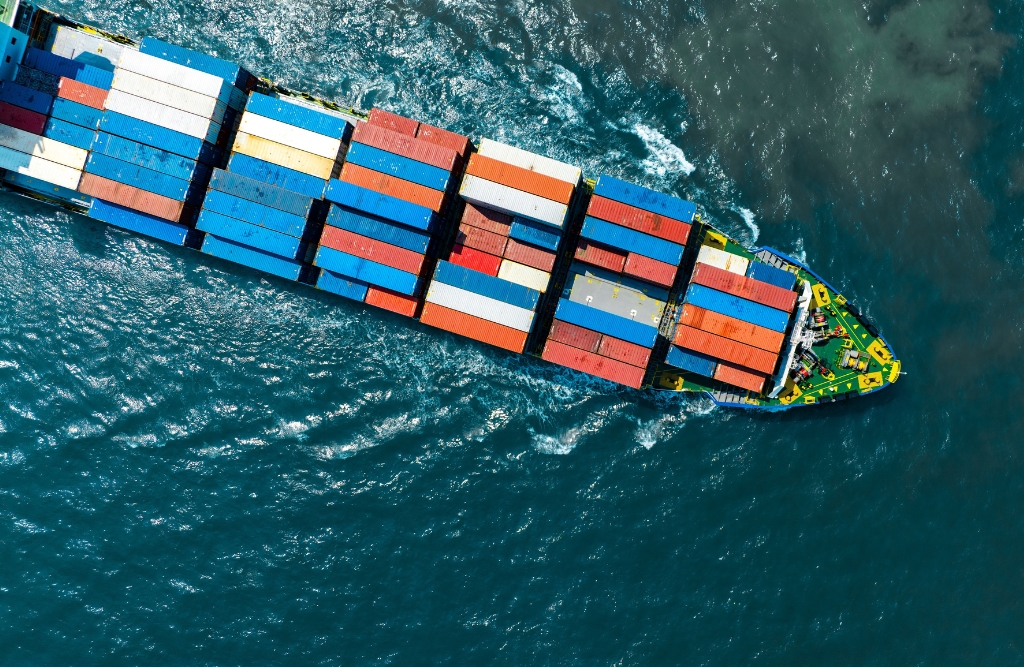How to Avoid Detention and Demurrage Fees

By TransVoyant Team
Importers and exporters sometimes get a surprise when they receive their bill for shipping containers. The bill often includes extra fees for detention and demurrage, which can be a substantial financial loss. What are these charges and how can you deploy digital management tools to avoid this risk?
Although it is common to combine detention and demurrage, it is important to know the difference between the two.
Detention Defined
Detention occurs when the consignee holds onto the carrier’s container outside of the port, terminal, or depot beyond the free time that is allotted. It is charged when import containers have been picked up, but the container (regardless of whether it’s full or empty) is still in the possession of the consignee and has not been returned within the allotted time.

For instance, if five free days are provided to return an empty import container to the steamship line after pick-up but it takes the consignee nine days to return the container, the steamship will charge the consignee for the difference – four days of detention.
The average detention and demurrage costs at U.S ports can surpass $200 per day. Detention and demurrage fees are more than just an unfortunate part of doing business, they also create delayed deliveries and payments, lost sales, and lack of product availability. Demurrage becomes a major problem when fees occur during periods when ports are congested.
Demurrage Defined
Demurrage fees are charged when import containers are still full and under the control of the shipping line. The container will have a determined number of free days to “occupy” the space at the terminal. If it’s not picked up within the allowed free time, the shipper will have to pay the charges for the extended use of the space at the terminal.
For example, if a container is discharged off a ship on October 20th and the consignee approaches the shipping line to take delivery of the cargo on October 30th and there were five free days offered by the shipping line, then the consignee is responsible for the overage – five days of demurrage charges.
Preventing Detention and Demurrage Fees
These fees are preventable, however, through greater visibility, predictability, and effective communication between trading partners.
Take demurrage, for example. Oftentimes, containers sit in port yards because the consignee isn’t even aware that they have arrived. Most consignees use their ocean carriers’ estimated time of arrival at the destination port as their guideline for notifying drayage carriers to pick up the container.
But ocean carrier ETAs are known to be inaccurate. Actual vessel arrival time vs. carrier-provided ETAs can be off by a week. If the actual arrival time falls on the early side of the ETA, the container could be sitting in the yard for a week, waiting to be picked up.
To be fair, most shipping lines alert their shippers when their vessel arrives at port. However, those updates are communicated to the shippers via EDI transmission which are processes in batch mode. The EDI alert itself could be late by days.
By providing a shipper real-time visibility of their ocean carriers and highly accurate predicted times of arrival, digital supply chain solutions take the guesswork out of dray scheduling. The shipper can provide the dray carrier with a very accurate predicted time of arrival and available to pick-up estimate. This eliminates the risk of containers sitting idle in the dockyard, waiting to be picked up.
Similarly, digital supply chain solutions can provide alerts when a container has been unloaded and is sitting empty for longer than a user-defined period. Logistics managers can see a report of all their empty containers that violate that rule and orchestrate their return to the shipping line.
Today’s supply chain management tools can streamline handoffs, send real-time alerts, and keep shipping partners up to date on arrival and departure times. Not only can this optimize shipping times but can help minimize or avoid detention and demurrage fees.



